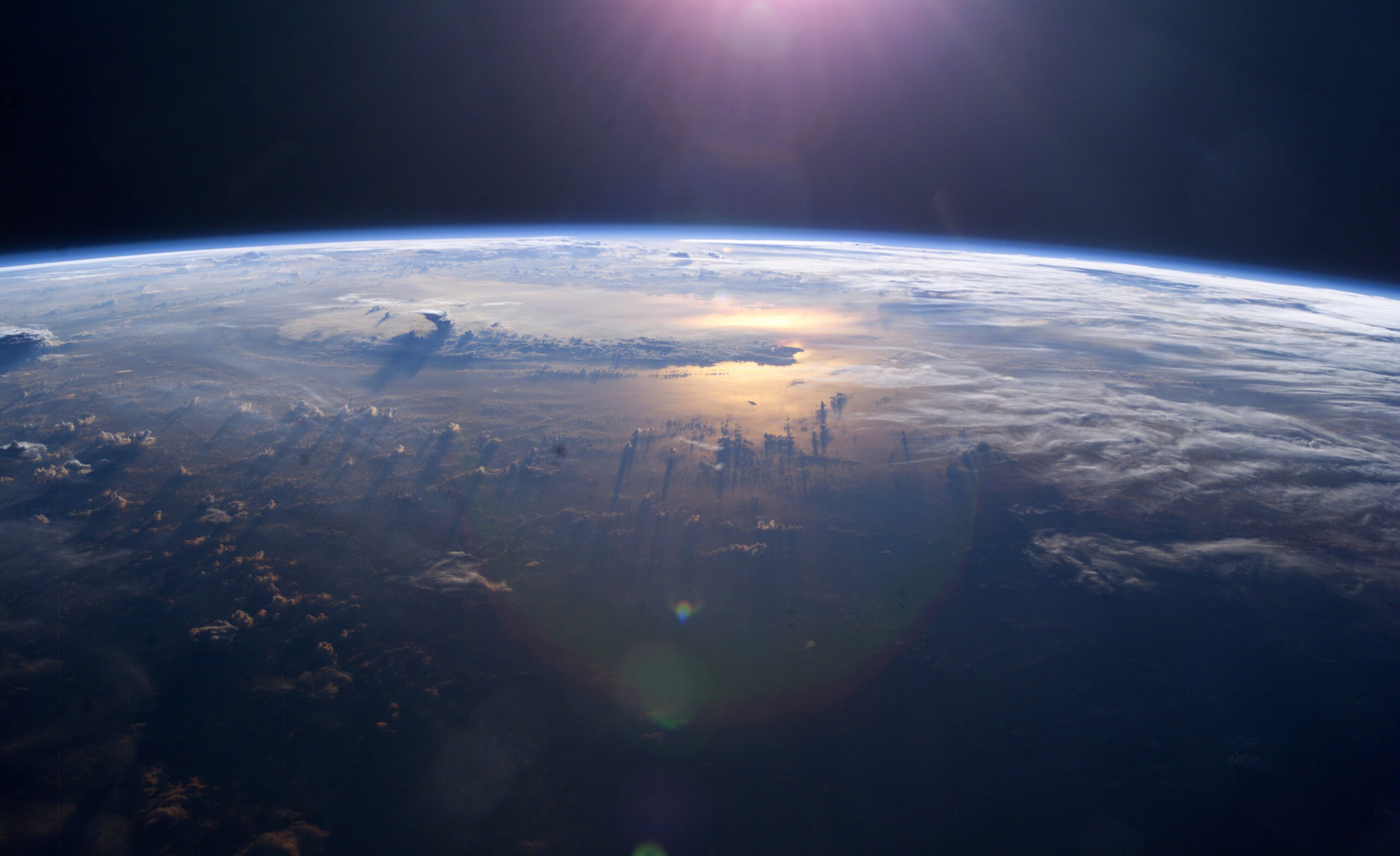Basics
Class: M-type asteroid
Location: Main belt
Orbit length (approx): 4.30 years
Discovered: 30th March 1882 (time unknown), from Vienna, Austria, by Johann Palisa
Notes: Not metallic despite spectral classification. Mean radius of approx 62 km.
Events at time of discovery:
- March 23 – Birth of Emmy Noether, German mathematician
- March 24 – Robert Koch announces the discovery of the bacterium responsible for tuberculosis.
- March 28 – Republican Jules Ferry makes primary education in France free, non-clerical (laique) and obligatory.
- March 30 – Birth of Melanie Klein, Austrian-born British child psychoanalyst
Naming information
Name origin: Pacific Ocean, the largest on the planet, which covers approximately 46% of Earth’s water surface and about 32% of its total surface, more than its entire land area. Mean depth is 4km; the Challenger Deep in the Mariana Trench reaches 10.9km. The ocean straddles the International Date Line.
 |
| Sunset over the Pacific Ocean as seen from the International Space Station. Tops of thunderclouds are also visible. Image by NASA. |
Astrological data
Discovery degree: 15+ Libra
Discovery Sabian: After a Storm a Boat Landing Stands in Need of Reconstruction
Discovery nodal signature: Pisces–Virgo
Estimated orbital resonances: Mercury 1:18, Venus 1:7, Earth 3:13, Mars 1:2, Ceres 14:13, Jupiter 11:4
Discovery chart details: Noon. Oceana was semi-sextile Uranus, quincunx Neptune and Eris, and semi-square the North Node. Stellium in Taurus. Mercury semi-sextile Pallas, sesquiquadrate Chariklo and trine Asbolus; Venus semi-sextile Chiron and semi-square Pholus. Mars semi-square Jupiter and Vesta, sextile Saturn and sesquiquadrate Ceres; Juno trine Jupiter. Uranus trine Neptune and opposite Eris; Chiron semi-square Sedna. Vesta square Ceres and trine Juno and Nessus.
Summary and references
Could represent a huge area, or the ocean[1]; perhaps also developments with wide-ranging or surprising effects; the interconnection of everything, especially all life; the power of primal emotion, and our capacity to weather its storms.
References:
1) Mark Andrew Holmes: Oceana
 |
| Noon discovery chart for (224) Oceana: 30th March 1882, Vienna, Austria. |
